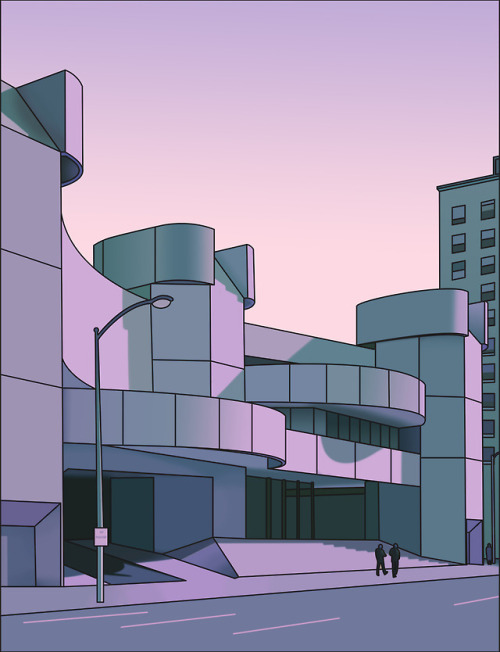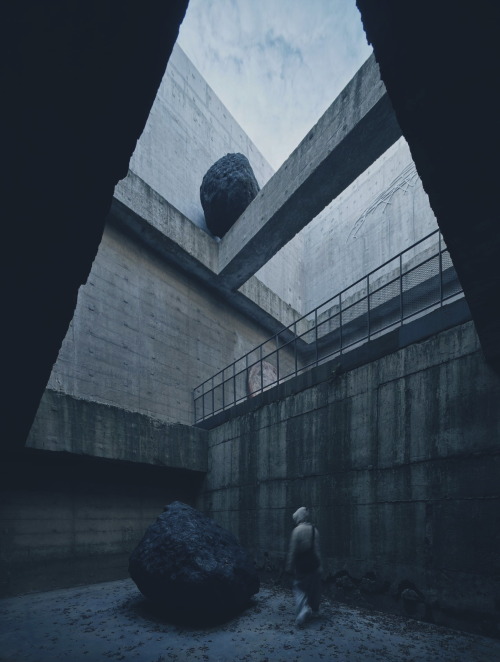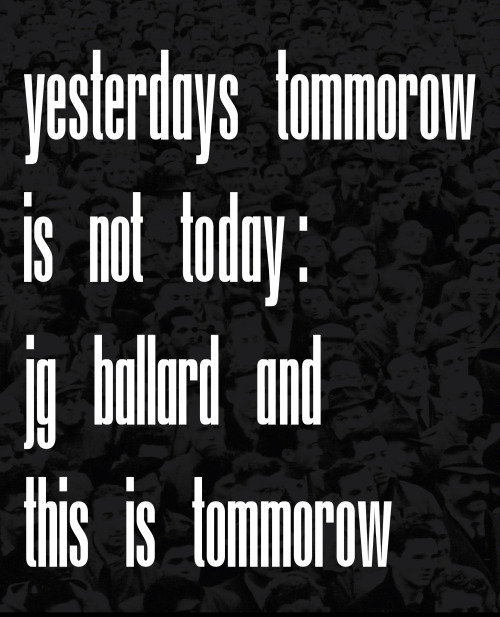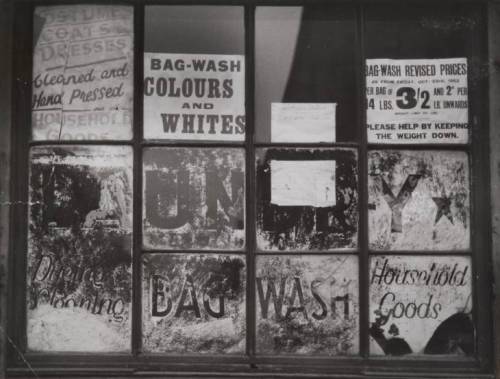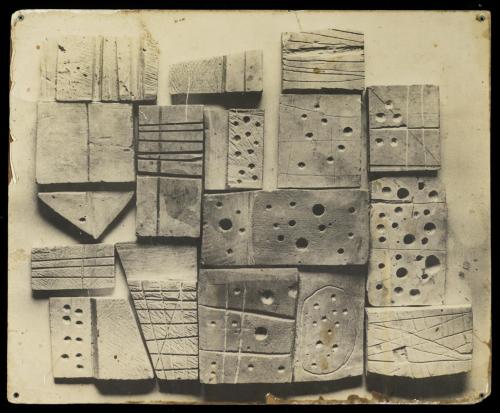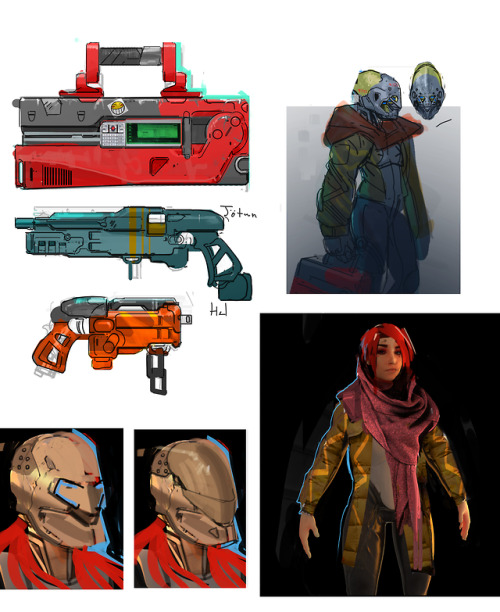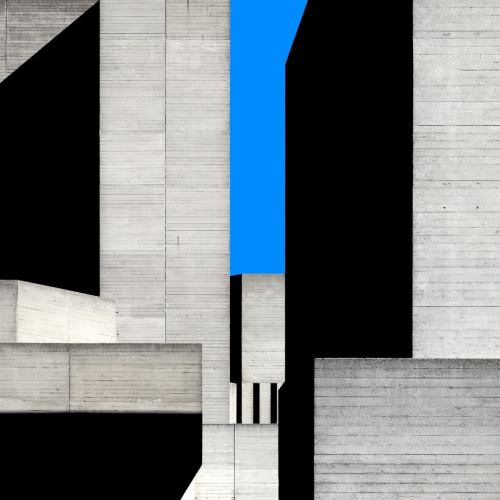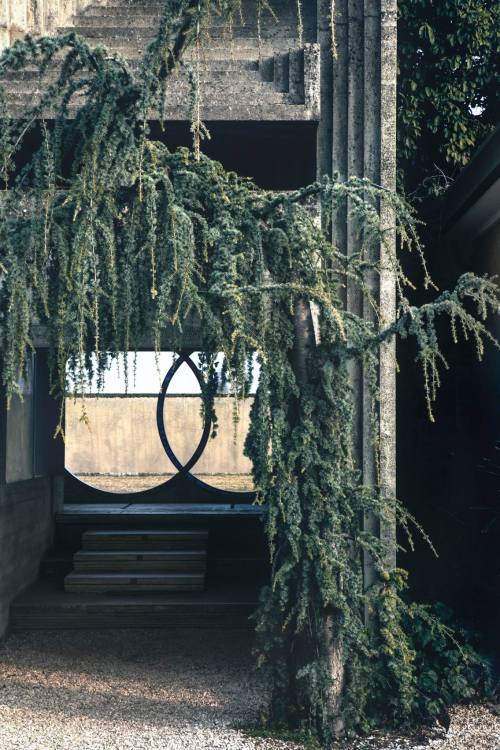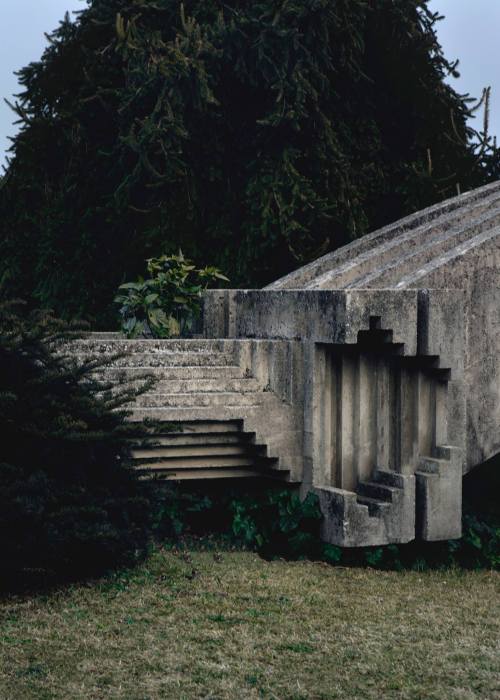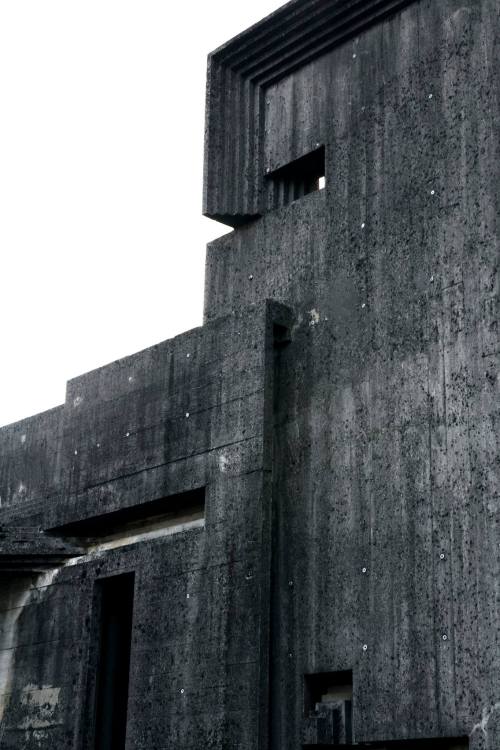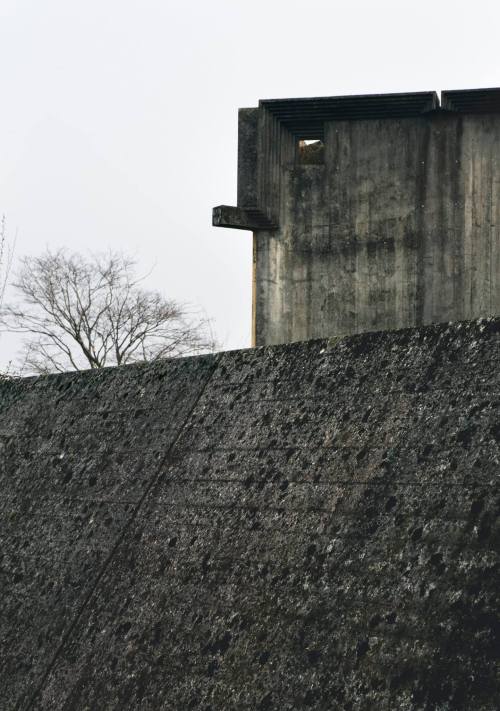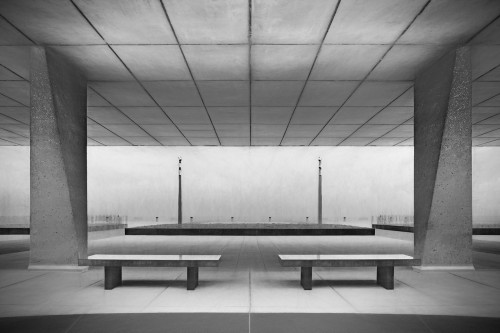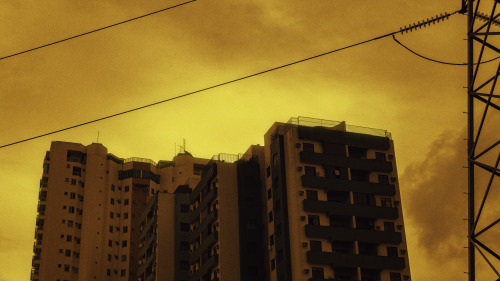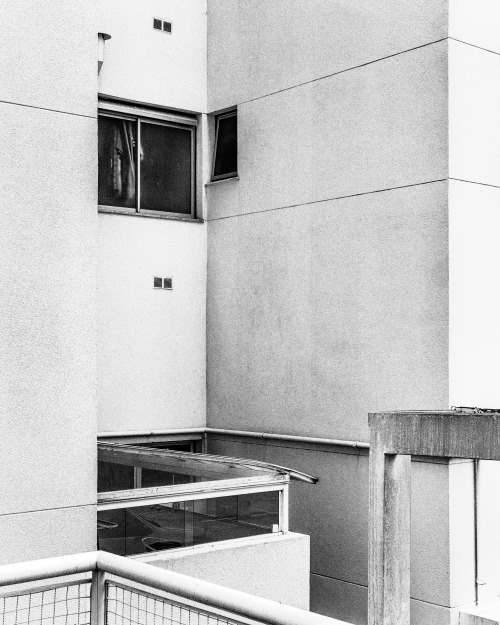#brutalism
Line drawing of the Alley theatre, designed by Ulrich Franzen.
meganjarcher.com
@megan.j.archer
Post link
Architect: Émile-Jean Duhon (1911–1983)Subtropical Brut - Hôtel de Ville, Agadir/Morocco
Photographer: Gregor Zoyzoyla
Post link
Last week I published a new essay exploring the links between the 1956 Whitechapel Gallery exhibition ‘This is Tomorrow’, Pop Art, Brutalism and the specualtive fiction of J.G Ballard. You can read all 3000 odd words of it here:
There is also a design aspect to this project, including typography inspired by Edward Wright, used on some book covers for Ballard. But more on that soon.
My past blog posts on ‘This is Tomorrow’ can be found here:http://theoinglis.tumblr.com/tagged/this%20is%20tomorrow
Post link
B.S Johnson’s 1970 BBC2 documentary ‘The Smithsons on Housing’.
This documentary gives a great insight into the Smithsons views on architecture and the process and logic behind one of their only major realised buildings, the sadly soon to be demolished (I believe so anyway?) Robin Hood Gardens in Poplar, East London.
The Smithsons were one of the driving forces in British Brutalism, and were very involved in the Independent Group from the start. They worked with Paolozzi and Henderson in ‘This is Tomorrow’ calling their collaborative piece 'Patio & Pavillion’, it definitely sat within the overall concept of Brutalism, well away from the retrospective idea we have of Pop Art. It also had a profound effect on a 26 year old future dystopian writer J.G Ballard who would later write about this specific part of the exhibition in his 2008 autobiography.
In the work of the Smithsons and Brutalism in general there is a clear conflict between the utopian ideals of Modernism and the realities of modern life which 'This is Tomorrow’ so radically explored. This dichotomy really comes through in the documentary, Sukhdev Sandhu in 2009, wrote of it thusly:
“They drone in self-pitying fashion about vandals and local naysayers to such an extent that any traces of visionary utopianism are extinguished.” (via)
Post link
Various photographs and collages by Nigel Henderson (1917–1985) from the Tate galleries online collection.
“Henderson is best known as a member of the radical Independent Group of the 1950s, a gathering of artists and others committed to the discussion and dissemination of new ideas on art practice. The Independent Group was involved in two principal areas: the use and analysis of the ephemera of popular culture, inflected primarily by America (which can be connected to the emergence of Pop Art), and the discussion of the Brutalist aesthetic, which was more oriented towards European models and the influence of Surrealism.”
Henderson was a close friend of Eduardo Paolozzi, and as mentioned previously, was part of Group 6 in the exhibition ‘This is Tomorrow’. His street photography deals with the raw textures and realities of post-war urban life. He was fascinated by distressed surfaces, graffiti, signage, surreal juxtapositions and the interesting and mysterious fragments of the city.
If there is any traction to the idea of a 'Brutalist aesthetic’ Henderson certainly captures it through his images and experiments.
All images © Tate. My other 'This is Tomorrow’ posts can be found here: http://theoinglis.tumblr.com/tagged/this%20is%20tomorrow
Post link
“Photograph showing Nigel Henderson, Eduardo Paolozzi, Alice and Peter Smithson, seated in an unidentified street.”
This image shows Group 6, from the 1956 exhibition ‘This is Tomorrow’. You may recognise it from one of the posters featured in my previous post. All four members have links to Edward Wright (the designer mentioned previously) who taught at the Central School of Art at the same time as both Paolozzi and Henderson, and was hired by the Smithsons to design the lettering for their 1956 House of the Future. Which was their vision for the homes of tomorrow, exhibited at the Daily Mail Ideal Home Exhibition.
All four members of Group 6 were also involved in the emerging genre of 'New Brutalism' (after béton brut — raw concrete) which was a term coined by critic and writer Reyner Banham in an Architectural Review article written the year before 'This is Tomorrow’. The similarities in both ideas and aesthetic between the architecture of the Smithsons, the paintings and sculptures of Paolozzi and the photography and collages of Henderson prove that there is more to Brutalism than just concrete buildings! As well as more to 'This is Tomorrow’ than just Pop Art…
Top image © Tate. The Image below is an outtake from said photoshoot (via).

Post link
Holyoke Center, Harvard University, Cambridge, Massachusetts, 1967
(Sert, Jackson & Associates)
Post link
some friends said that I should create a 3d character based off of the upcoming CDprojekt Red game Cyberpunk 2077. so here are some work in progress images of the design! I’m hoping to bring part of the character to a finished game ready textured state!
It’s gonna be a great learning experience! I’m so excited!!!
It’s been an interesting project so far! I’m absolutely pumped for Cyberpunk 2077
Post link
Carlo Scarpa
Brion Cemetary, San Vito d’Altivole, Italy (1969-1978)
Photos by Clément Vayssieres
Post link
EERO SAARINEN, Milwaukee County War Memorial Center, Milwaukee, USA, 1957. Photography by Scott Norris. / Scott Norris
Post link

